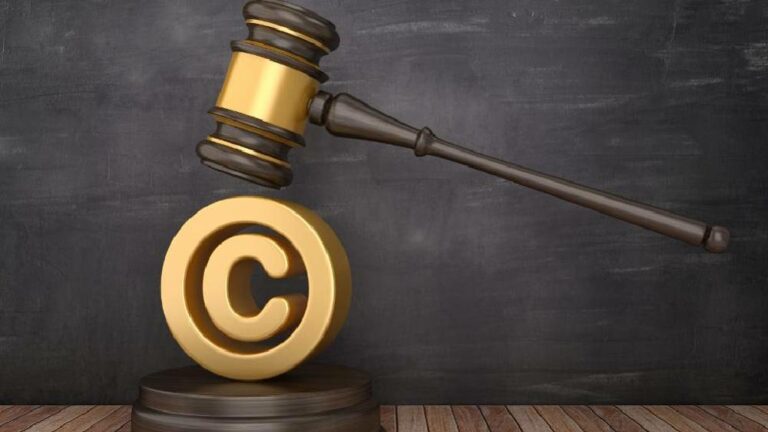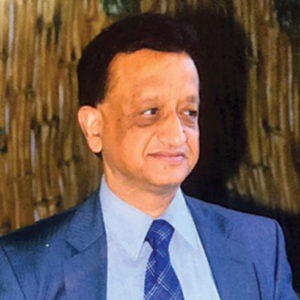The law of copyright in India is embodied in the Copyright Act, 1957. By definition copyrights are exclusive legal rights that protect works of authorship, composition or artistry. A copyright protects the publication, production or sale of the rights to a literary, dramatic, musical, or artistic work or computer program or to the use of a commercial print or label.
The copyright is a right accruing to people in respect of a work produced by them as a result of exercise of skill, judgment and labour. Essentially, a copyright protects literary, musical, dramatical, artistic, and other qualifying creative works. Copyright protection is created the moment one’s work is fixed in a tangible form of expression like paper copy, CD, disk, videotaped performance etc.
Registration of any work in which copyright exists is entirely voluntary. Registration merely establishes the originality of the work. In the absence of registration, redress for infringement would be under the common law. The term copyright protection is calculated as 75 years from the publication date or 100 years from the creation date, whichever is shorter.
Intellectual Property Rights (IPR)
Intellectual Property Rights are the rights given to persons over the creations of their minds. IPR exist in the form of patents, copyrights and trademarks. A creation of the mind includes inventions, literary and artistic works and symbols, names, images and designs used in commerce. Intellectual property is divided into two categories; industrial designs, and geographic indications of source, and copyright which includes literary and artistic works such as novels, poems, plays, films, musical works, paintings, photographs and sculptures and architectural designs. They usually give the creator an exclusive right over the use of his/her creation for a certain period of time.
WTO has divided Intellectual property rights into two main areas:
(i) Rights Related To Copyright
The rights of authors of literary and artistic works (such as books and other writings, musical compositions, paintings, sculpture, computer programs and films) are protected by copyright, for a minimum period of 50 years after the death of the author.
Also protected through copyright and related (sometimes referred to as “neighboring”) rights are the rights of performers (e.g. actors, singers and musicians), producers of phonograms (sound recordings) and broadcasting organizations. The main social purpose of protection of copyright and related rights is to encourage and reward creative work.
(ii) Industrial Property
Industrial property can usefully be divided into two main areas: One area can be characterized as the protection of distinctive signs, in particular trademarks (which distinguish the goods or services of one undertaking from those of other undertakings) and geographical indications (which identify a good as originating in a place where a given characteristic of the good is essentially attributable to its geographical origin). The protection of such distinctive signs aims to stimulate and ensure fair competition and to protect consumers, by enabling them to make informed choices between various goods and services. The protection may last indefinitely, provided the sign in question continues to be distinctive.
Second types of industrial property are protected primarily to stimulate innovation, design and the creation of technology. In this category fall inventions (protected by patents), industrial designs and trade secrets.
The social purpose is to provide protection for the results of investment in the development of new technology, thus giving the incentive and means to finance research and development activities. A functioning intellectual property regime should also facilitate the transfer of technology in the form of foreign direct investment, joint ventures and licensing.
The protection is usually given for a finite term (typically 20 years in the case of patents). While the basic social objectives of intellectual property protection are as outlined, it should also be noted that the exclusive rights given are generally subject to a number of limitations and exceptions, aimed at fine-tuning the balance that has to be found between the legitimate interests of right holders and of users.
Privacy Rights
Violation of the rights of privacy can be claimed on three grounds. First, when there has been an invasion or intrusion of a person’s private affairs; second, when disclosure of private facts has proved to be embarrassing; and third, intrusion can also occur as a result of mistakes for example when without prior permission one person’s photograph is used to represent someone else.























